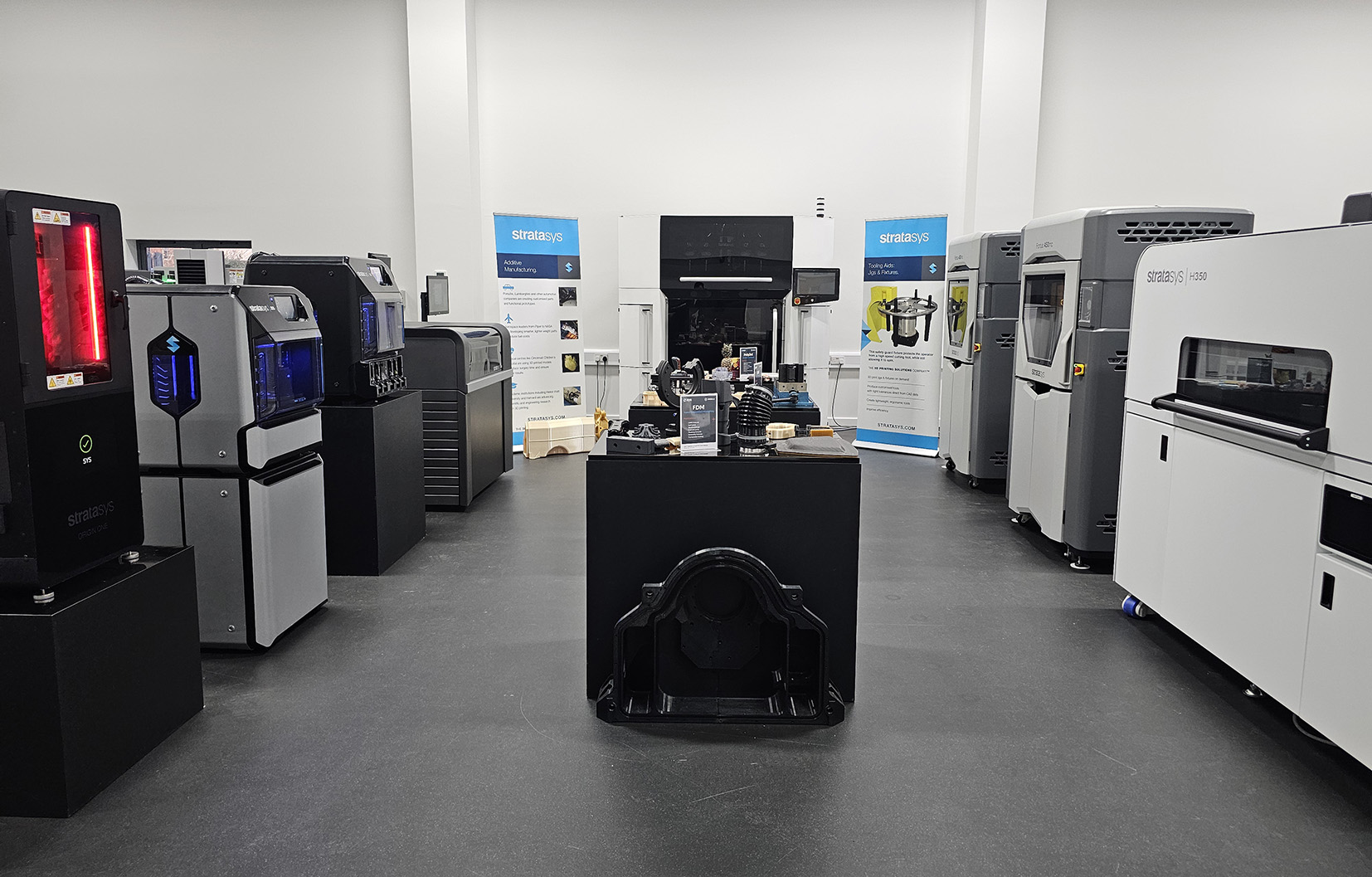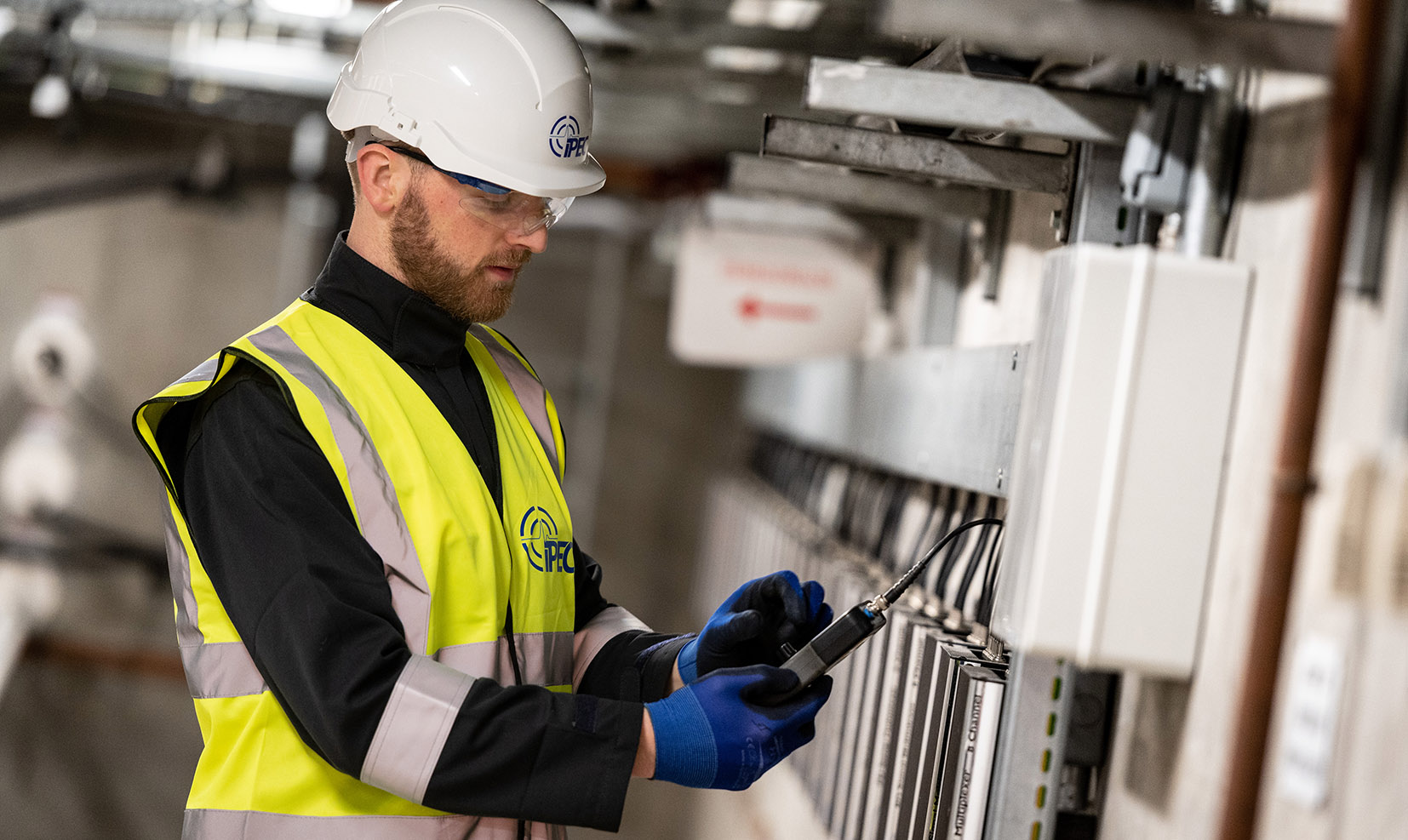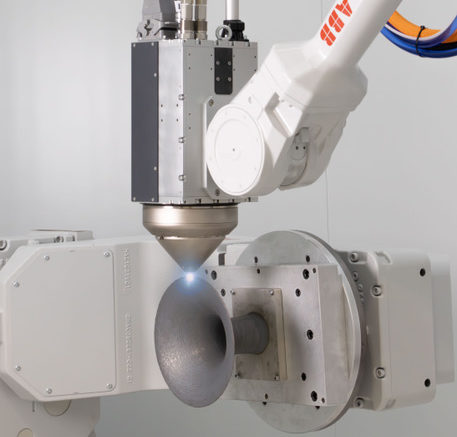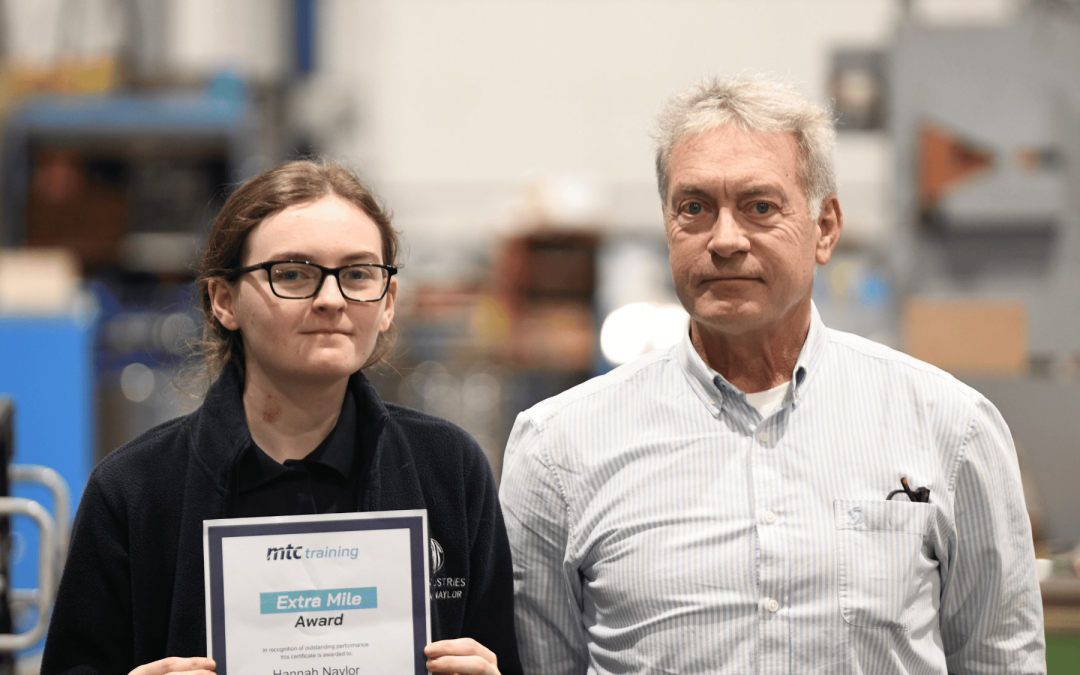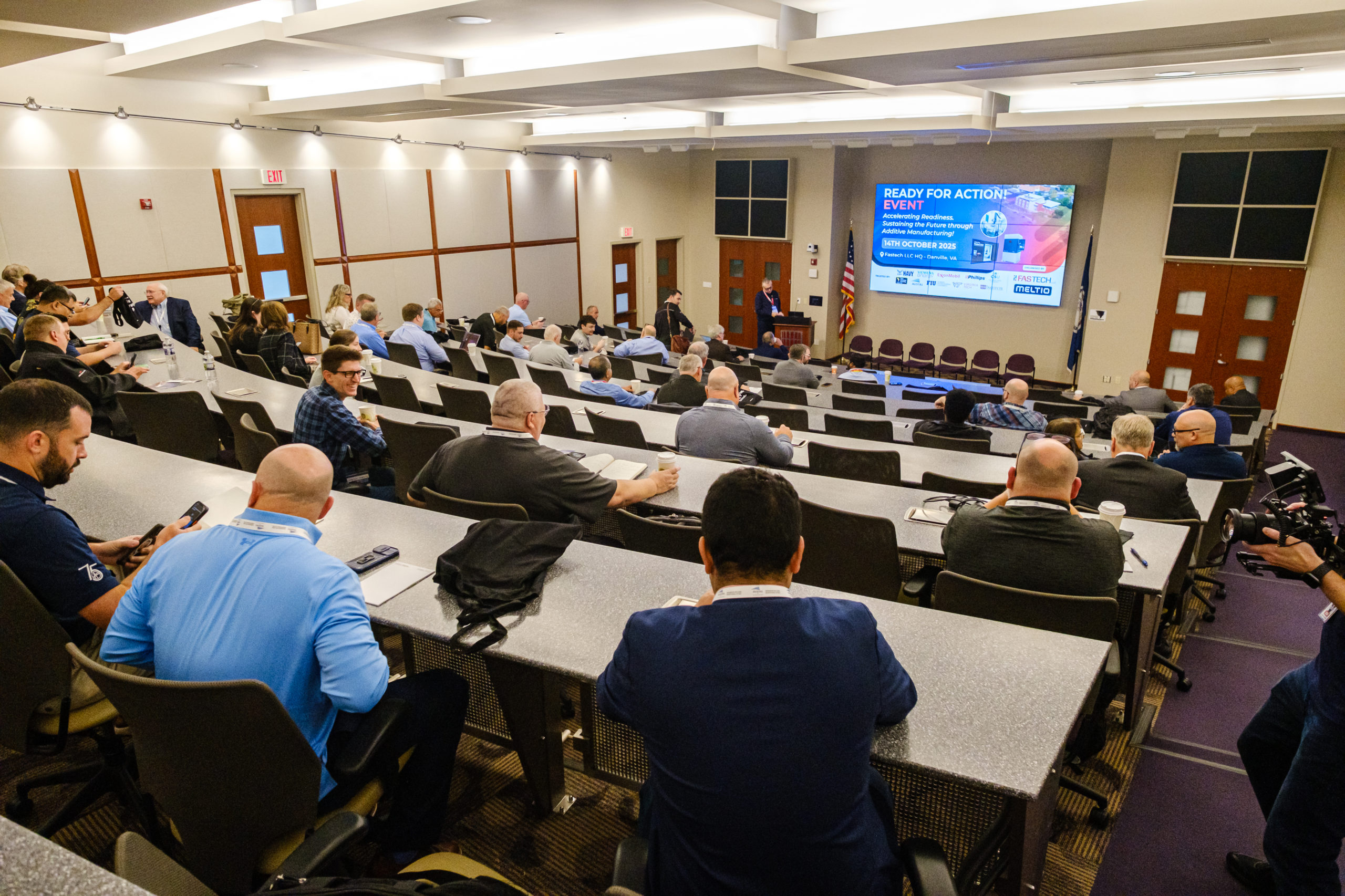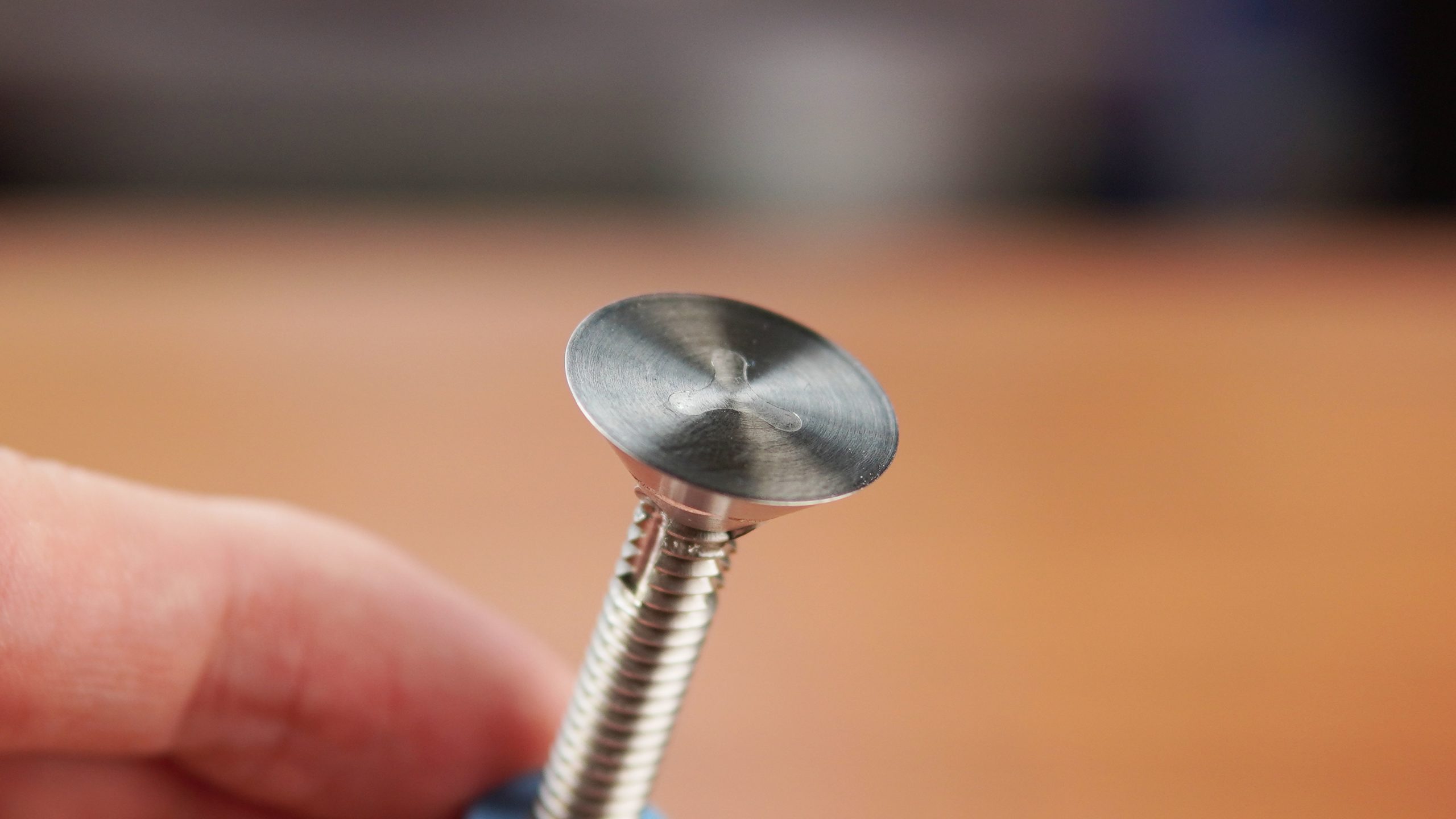Machining optimisation for everyone

Always wanted to take advantage of Vericut optimisation but didn’t have the budget or requirement for the entire Vericut suite? Now there’s a way to get on board, as Vericut UK Sales Manager Scott Ravenscroft reveals in his exclusive chat with Machinery & Manufacturing.
An optimised NC program is a powerful NC program. One that boosts machining efficiency and reduces material waste. Until now, machine shops wishing to access the Force optimisation module within Vericut would have to purchase the entire core technology suite. But that’s all changed with the arrival of Vericut Optimizer (VO), an entirely stand-alone toolpath optimisation solution. According to the company, this cost-effective, easy-to-use, CAM-agnostic software delivers optimisation in just a few clicks.
“If you’re happy with your current CAM verification and simulation capabilities and aren’t looking to purchase Vericut just for Force Optimisation, then VO is a great option for you,” states Scott Ravenscroft, Sales Manager at Vericut UK. “It’s effectively a stand-alone version of our Vericut Force module, albeit without certain features such as collision detection and gouge detection. The software is powered by the same engine as Vericut Force. So while VO is a new product, it’s based on mature, proven technology.”
In the thick of things
So how does VO actually work? Well, maintaining the optimal chip thickness is the most important parameter when machining, as any cutting tool manufacturer will confirm. Vericut says that all un-optimised NC programs are inefficient due to the typical focus on feeds and speeds, rather than chip thickness.
“VO makes automatic adjustments to ensure maximum chip thickness for each tool operation using Vericut-calibrated materials and cut-by-cut tool engagement analysis,” says Scott Ravenscroft. “A thin chip is the most common cause of poor performance and can negatively impact your tool life due to poor chip formation. However, thickness comes with a limit. Excessive chip thickness will overload the cutting edge, leading to chipping or breakage, which is why finding the optimal thickness with VO represents an astute machining strategy.”
VO maintains the optimal chip thickness by adjusting feed rates block by block in the NC program – adding blocks if necessary – to deliver ideal cutting. Importantly, the software provides a balance between aggressive machining and the prevention of excesses that include force, deflection, power, tool wear and chatter. The result? Less engineer interference and far less downtime.
“There’s a common misconception that most CAM systems already feature dedicated milling/roughing strategies to maintain optimal chip thickness,” he says. “However, upon analysis of these strategies, we’ve proven time and time again that they aren’t what we would call optimal.”
Gaining ground
The biggest potential gains of VO are cycle time reductions, extended tool life and energy savings. It’s easy to quantify cycle time reductions up front as the software comes with an integral calculator that allows users to compare existing cycle times with those post-optimisation.
“Our calculator can show savings per component or batch. If you’re running the same part on two machines over two shifts for 250 days a year, for example, the software will factor up the savings accordingly. Your potential return on investment is therefore very transparent, often occurring with just one production part. Tool life improvements are not always evident until after running the part but gains up to 100% are possible.”
Quantifying the energy savings is more challenging, largely because few machine tools provide the opportunity to monitor electricity consumption. However, energy savings and CO2 footprint reductions are a natural benefit of VO. They result from shorter cycle times and less force exertion on the spindle during machining. Vericut UK trails show a typical saving of around 18%.
Take the easy path
Despite its comprehensive capabilities, versatility and ease of use are particular characteristics of VO. Users can optimise APT/CL-file or G-code NC programs output from almost any CAM system for seamless integration into the existing manufacturing environment. If a machine shop already has models for stock, fixtures and cutting tools set-up in its existing CAM system, Vericut UK can embed an interface to transfer all pertinent information into VO. The software is suitable for any type of three, four or five-axis CNC machining centre or mill, as well as two-axis turning machines.
“The analysis tool within the software is particularly good,” says Scott Ravenscroft. “Access to a set of insightful graphs allows offline programmers to visualise their machining process from A to Z, including cut-by-cut force data, power/torque, chip thickness, material removal rates, tool deflections and feed rates. These observations provide an excellent view of how a toolpath is performing prior to optimisation. For example, is the cutting tool suffering excessive loads? Is the tool underutilised?”
Armed with this knowledge, machine shops can make the best machining decisions, saving time, energy and money while eliminating unnecessary material waste. Arguably even better, with just one click, users receive a complete review and visual analysis of the NC program prior to running on the actual machine. It’s even possible to interact with the graphs. Clicking on a graph that indicates high contact force, for instance, will take the user directly to the relevant lines of NC code.
“By using the insights that VO provides, you can reduce machining cycle times by up to 30% or more: around 8-15% for aluminium workpieces and 15%+ for hard metals,” he says. “You can even superimpose the optimised NC code over the original to see the differences and gains.”
As a point of note, the cutting force calculations within VO are all physics-based. There’s no guesswork. An extensive library of 150+ fully characterised, dyno-tested stock material/cutter combinations is available to users. The software predetermines the chip thickness and cutting force without any user input. Vericut tool performance data is available that includes industry-recommended feeds and speeds for common cutter types and materials.
“We have big expectations for VO,” concludes Scott Ravenscroft. “It already looks like our first two users will be in Sweden and, once UK machine shops see the competitive gains that VO can provide, we hope to make our first sales here early this year.”

